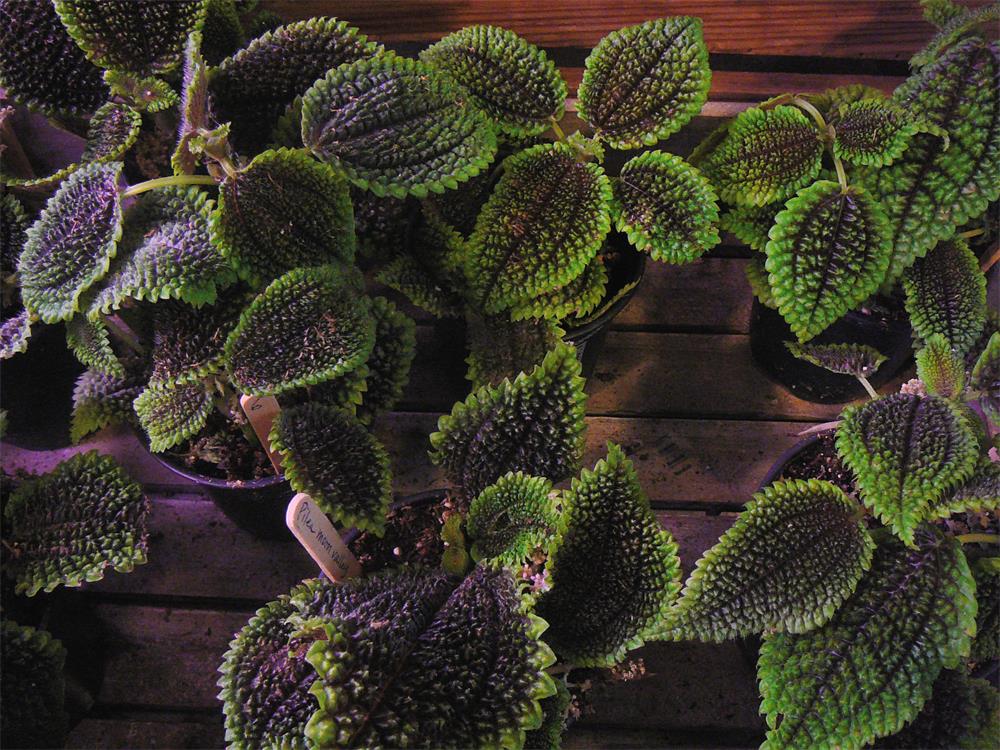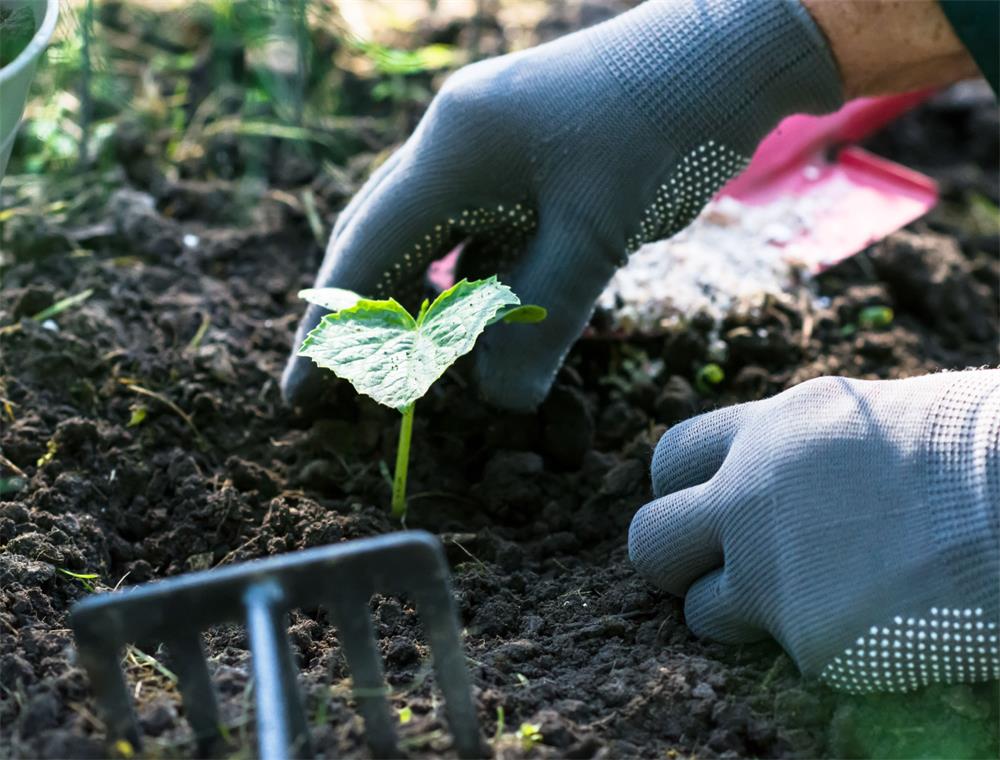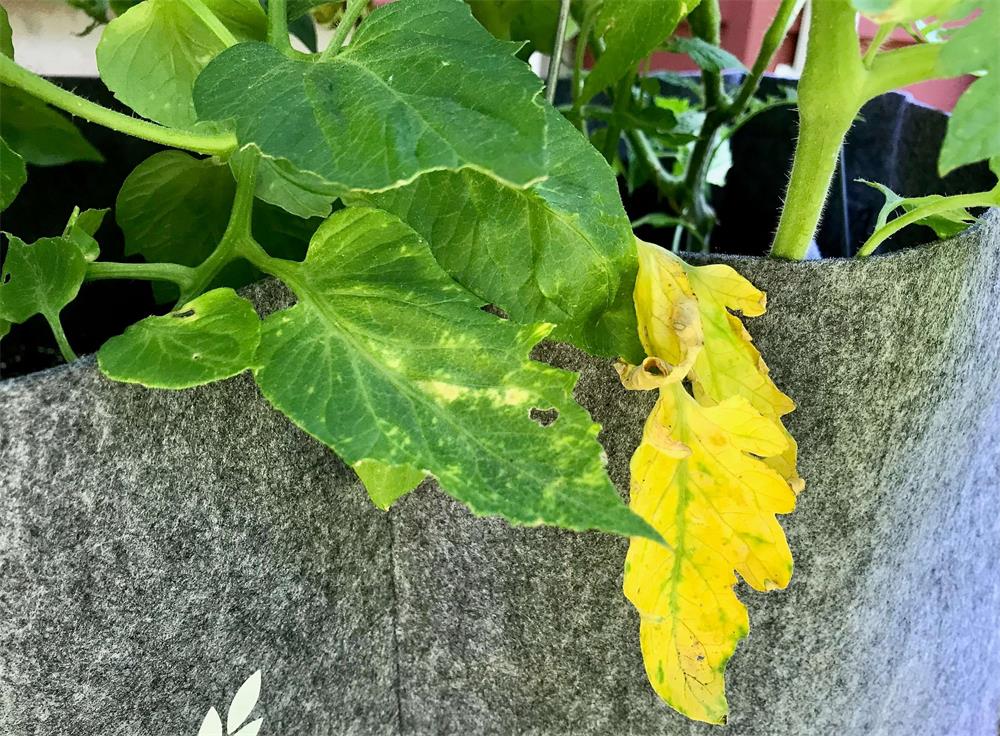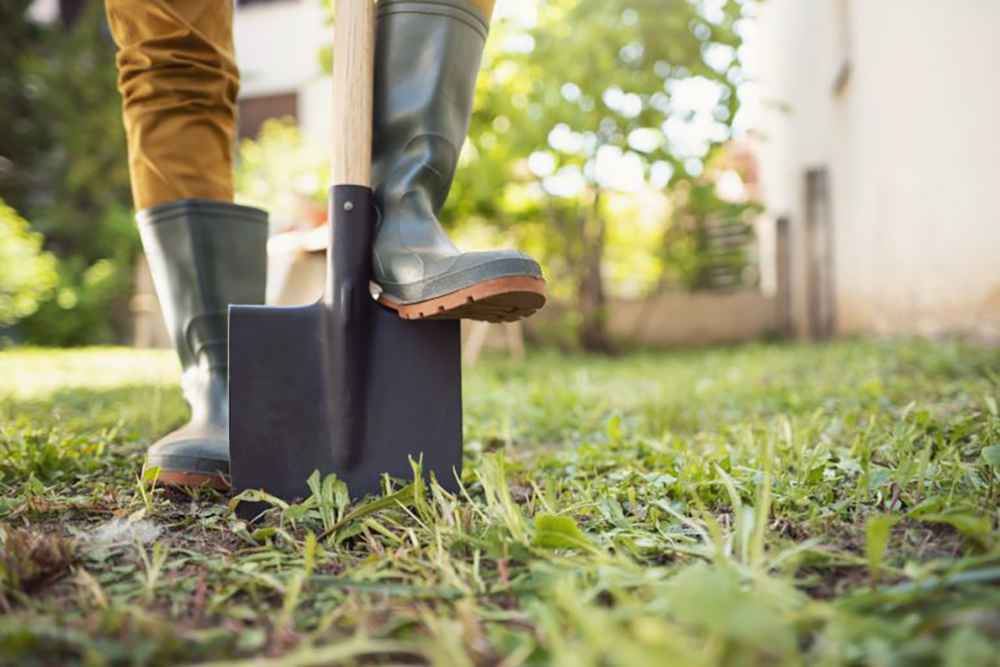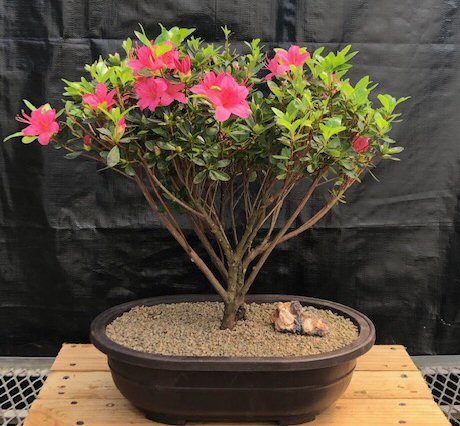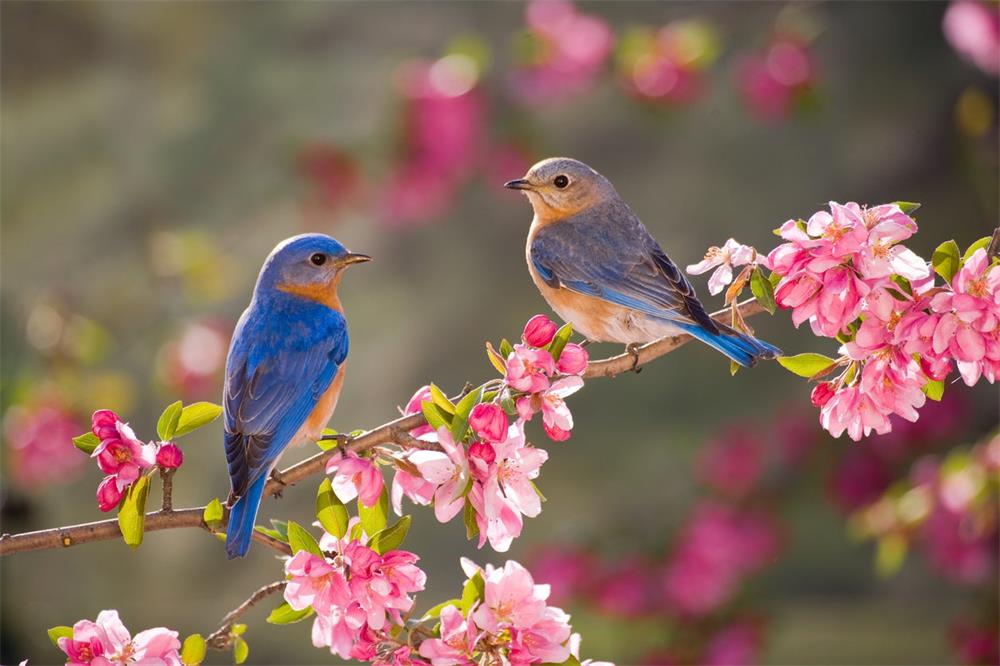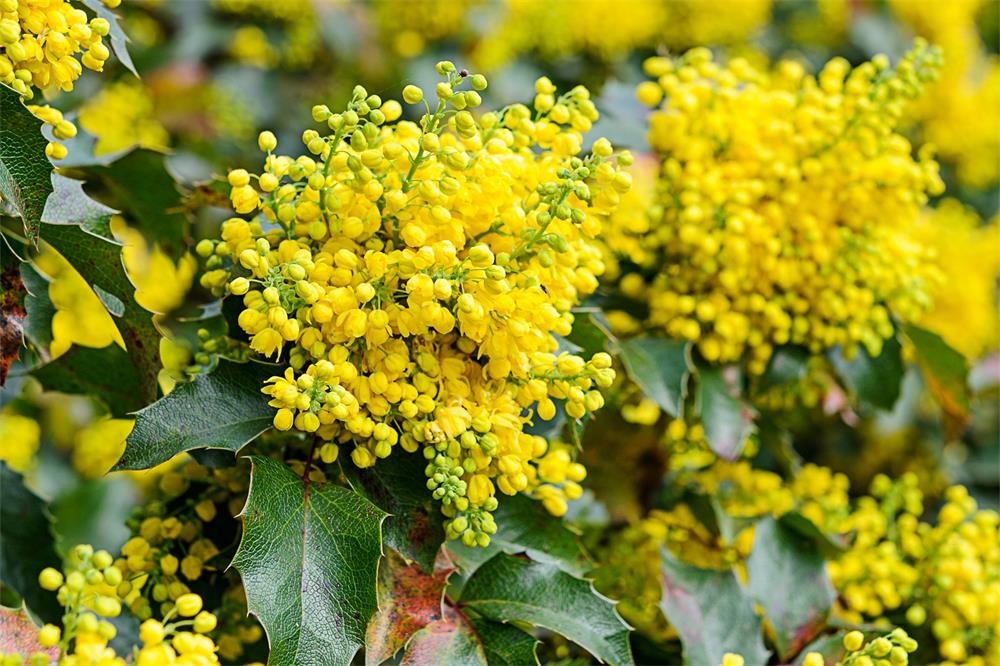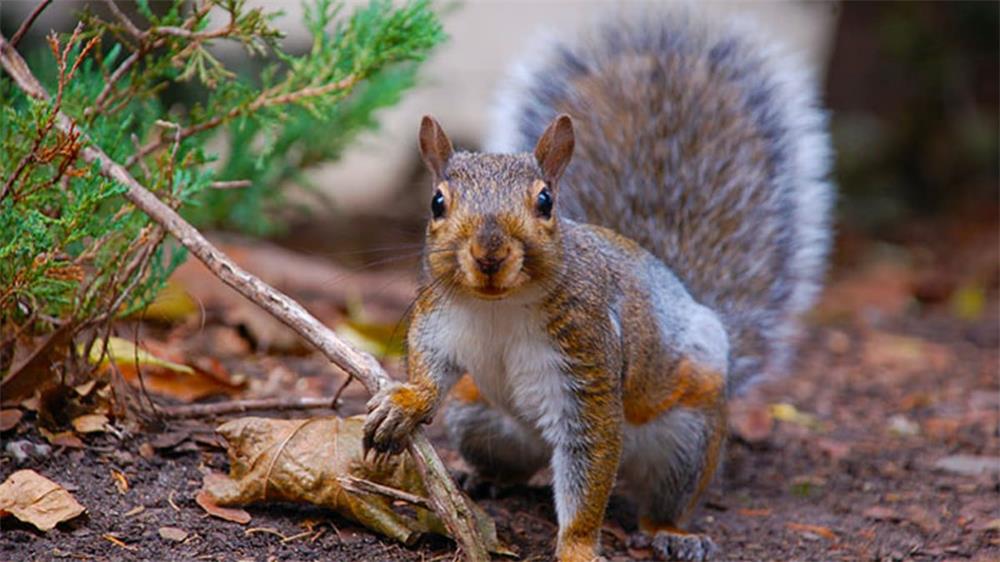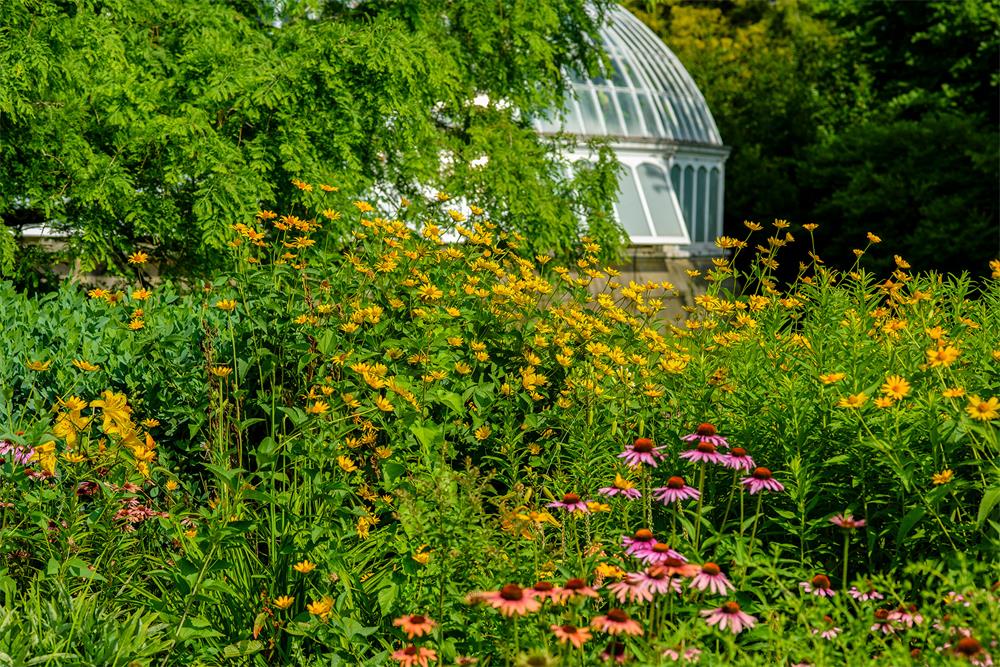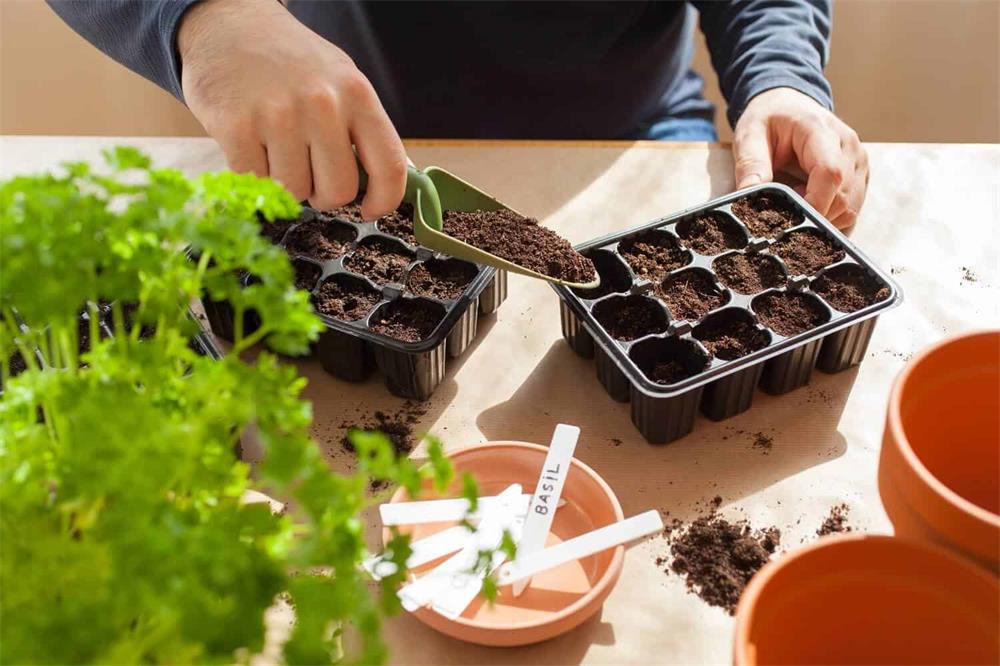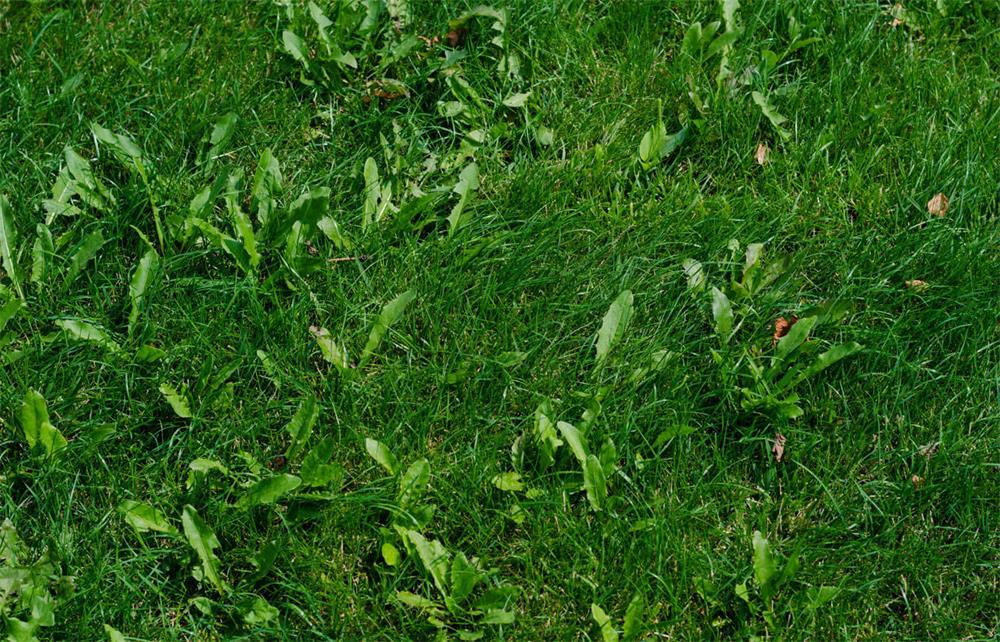
Table of Contents
Weeds are unwanted plants that compete with your lawn grass for space, water, nutrients and sunlight. Some weeds are easy to spot and remove, while others are more persistent and difficult to control. Knowing how to identify common lawn weeds can help you choose the best methods to keep your lawn healthy and weed-free.
Types of Lawn Weeds
Lawn weeds can be classified into three main types: broadleaf weeds, grassy weeds and sedges. Each type has different characteristics and requires different strategies for control.
Broadleaf Weeds
Broadleaf weeds have broad, flat leaves that are usually notched, lobed or divided. They can be annuals, biennials or perennials. Annuals complete their life cycle in one year and reproduce by seeds. Biennials live for two years and usually flower in the second year. Perennials live for more than two years and can spread by seeds, roots, rhizomes or stolons.
Some examples of common broadleaf weeds are:
| Weed Name | Description | Control Methods |
|---|---|---|
| Dandelion | A perennial weed with a long taproot, deeply notched leaves and yellow flowers that turn into puffballs of seeds¹². | Mulch to prevent seeds from germinating in gardens. Pull by hand or use a broadleaf herbicide in lawns¹. |
| Clover | A perennial weed with trifoliate leaves and white or pink flowers². It can fix nitrogen from the air and enrich the soil³. | Mulch to prevent seeds from germinating in gardens. Pull by hand or use a broadleaf herbicide in lawns³. |
| Chickweed | An annual or perennial weed with oval leaves, hairy stems and small white flowers². It can form dense mats that smother other plants³. | Mulch to prevent seeds from germinating in gardens. Pull by hand or use a broadleaf herbicide in lawns³. |
| Plantain | A perennial weed with oval or lance-shaped leaves that form a rosette at the base of a tall flower stalk². It can tolerate compacted soil and low mowing³. | Aerate and fertilize the soil to improve lawn health. Pull by hand or use a broadleaf herbicide in lawns³. |
Grassy Weeds
Grassy weeds have narrow, blade-like leaves that resemble grass. They can be annuals or perennials. Annuals complete their life cycle in one year and reproduce by seeds. Perennials live for more than two years and can spread by seeds, roots, rhizomes or stolons.
Some examples of common grassy weeds are:
| Weed Name | Description | Control Methods |
|---|---|---|
| Crabgrass | An annual weed that grows roots at the nodes of its stems and produces seed heads that spread out like fingers¹². It thrives in warm, sunny and moist conditions⁴. | Use a pre-emergent herbicide in spring to prevent seeds from sprouting. Pull by hand or use a non-selective herbicide in lawns¹⁴. |
| Quackgrass | A perennial weed that spreads by rhizomes and has auricles (claw-like projections) at the base of its leaves²⁴. It can grow up to 4 feet tall and is resistant to many herbicides⁴. | Use a non-selective herbicide to kill the entire plant, including the rhizomes. Replant the area with desirable grass after removing the dead quackgrass⁴. |
| Nutsedge | A perennial weed that looks like grass but belongs to the sedge family. It has triangular stems, glossy leaves and yellow or purple flowers that produce nut-like tubers²⁴. It grows faster than grass and prefers wet soil⁴. | Improve drainage and reduce irrigation to discourage nutsedge growth. Pull by hand or use a sedge-specific herbicide in lawns⁴. |
Sedges
Sedges are grass-like plants that belong to a different plant family than grasses. They have triangular stems, narrow leaves and inconspicuous flowers. They can be annuals or perennials.
Some examples of common sedges are:
| Weed Name | Description | Control Methods |
|---|---|---|
| Yellow Nutsedge | A perennial sedge that has yellow-green leaves, triangular stems and yellow flower spikes that produce nut-like tubers . It grows faster than grass and prefers wet soil. | Improve drainage and reduce irrigation to discourage nutsedge growth. Pull by hand or use a sedge-specific herbicide in lawns. |
| Purple Nutsedge | A perennial sedge that has purple-red leaves, triangular stems and purple flower spikes that produce nut-like tubers . It grows faster than grass and prefers wet soil. | Improve drainage and reduce irrigation to discourage nutsedge growth. Pull by hand or use a sedge-specific herbicide in lawns. |
| Kyllinga | A perennial sedge that has dark green leaves, round stems and white flower heads that resemble clover . It forms dense clumps that can crowd out grass. | Improve drainage and reduce irrigation to discourage kyllinga growth. Pull by hand or use a sedge-specific herbicide in lawns. |
How to Prevent Lawn Weeds
The best way to prevent lawn weeds is to maintain a healthy and dense lawn that can outcompete weeds for resources. Here are some tips to keep your lawn in good shape:
- Mow your lawn at the right height for your grass type. Avoid cutting more than one-third of the grass blade at a time. Leave the clippings on the lawn to return nutrients to the soil.
- Water your lawn deeply and infrequently, rather than shallowly and frequently. Aim for about one inch of water per week, depending on the weather and soil conditions. Water early in the morning to reduce evaporation and fungal diseases.
- Fertilize your lawn according to your grass type and soil test results. Avoid over-fertilizing or under-fertilizing, as both can weaken your lawn and encourage weeds. Use organic or slow-release fertilizers to avoid nutrient runoff and leaching.
- Aerate your lawn once or twice a year to improve air, water and nutrient movement in the soil. This can help reduce soil compaction, thatch buildup and weed growth.
- Overseed your lawn in fall or spring to fill in bare spots and increase grass density. Choose a grass seed that matches your existing lawn and is suitable for your climate and site conditions.
- Apply mulch around trees, shrubs and flower beds to suppress weeds and retain soil moisture. Use organic mulch such as wood chips, bark, straw or leaves. Avoid using weed fabric or plastic, as they can prevent water and air from reaching the soil.
How to Control Lawn Weeds
If you already have weeds in your lawn, you can use mechanical, cultural or chemical methods to control them. The best method depends on the type, number and location of the weeds.
Mechanical Methods
Mechanical methods involve physically removing weeds by hand or with tools. This can be effective for small areas or isolated weeds, but it can also be time-consuming and labor-intensive. Some tips for mechanical weed control are:
- Pull weeds when the soil is moist, as it is easier to remove the entire root system.
- Use a weeding tool such as a hoe, trowel or fork to loosen the soil around the weed before pulling it out.
- Dispose of the pulled weeds in a compost pile or trash bin. Do not leave them on the lawn, as they can re-root or drop seeds.
- Repeat the process regularly until no more weeds appear.
Cultural Methods
Cultural methods involve modifying the environment or practices to make it less favorable for weeds. This can be effective for preventing or reducing weed growth, but it may not eliminate existing weeds completely. Some tips for cultural weed control are:
- Adjust your mowing height according to the season and grass type. Mow higher in summer to shade out weeds and lower in winter to prevent snow mold.
- Water your lawn deeply and infrequently, rather than shallowly and frequently. This can encourage deeper root growth for grass and discourage shallow-rooted weeds.
- Fertilize your lawn according to your grass type and soil test results. Avoid over-fertilizing or under-fertilizing, as both can weaken your lawn and encourage weeds.
- Overseed your lawn in fall or spring to fill in bare spots and increase grass density. Choose a grass seed that matches your existing lawn and is suitable for your climate and site conditions.
- Apply corn gluten meal in early spring to prevent weed seeds from germinating. This is an organic pre-emergent herbicide that also adds nitrogen to the soil.
Chemical Methods
Chemical methods involve using herbicides to kill or suppress weeds. This can be effective for large areas or stubborn weeds, but it can also be harmful to the environment, beneficial plants and animals if used improperly. Some tips for chemical weed control are:
- Identify the type of weeds you have and choose the appropriate herbicide for them. There are two main types of herbicides: selective and non-selective. Selective herbicides kill only certain types of plants, such as broadleaf weeds or grassy weeds. Non-selective herbicides kill any plant they touch, including grass.
- Read and follow the label instructions carefully before applying any herbicide. Wear protective clothing, gloves and eyewear when handling herbicides. Avoid spraying on windy days or near water sources. Keep children and pets away from treated areas until the herbicide has dried or been watered in.
- Apply the herbicide at the right time and rate for the best results. For pre-emergent herbicides, apply before weed seeds germinate, usually in early spring or fall. For post-emergent herbicides, apply when weeds are actively growing, usually in late spring or summer. Follow the recommended application rate and frequency on the label.
- Spot-treat individual weeds or small patches with a ready-to-use spray bottle or a hand-held sprayer. Avoid spraying the entire lawn with a broadcast sprayer, as this can waste herbicide and damage desirable plants.
- Monitor the treated area for signs of weed regrowth or resistance. Repeat the application as needed until no more weeds appear. Rotate different types of herbicides to prevent weeds from developing resistance.
Conclusion
Weeds are common problems in lawns that can reduce their aesthetic appeal and health. By identifying the type of weeds you have, you can choose the best methods to prevent and control them. Mechanical, cultural and chemical methods can all be effective if used correctly and safely. By maintaining a healthy and dense lawn, you can reduce weed growth and enjoy a beautiful outdoor space.




